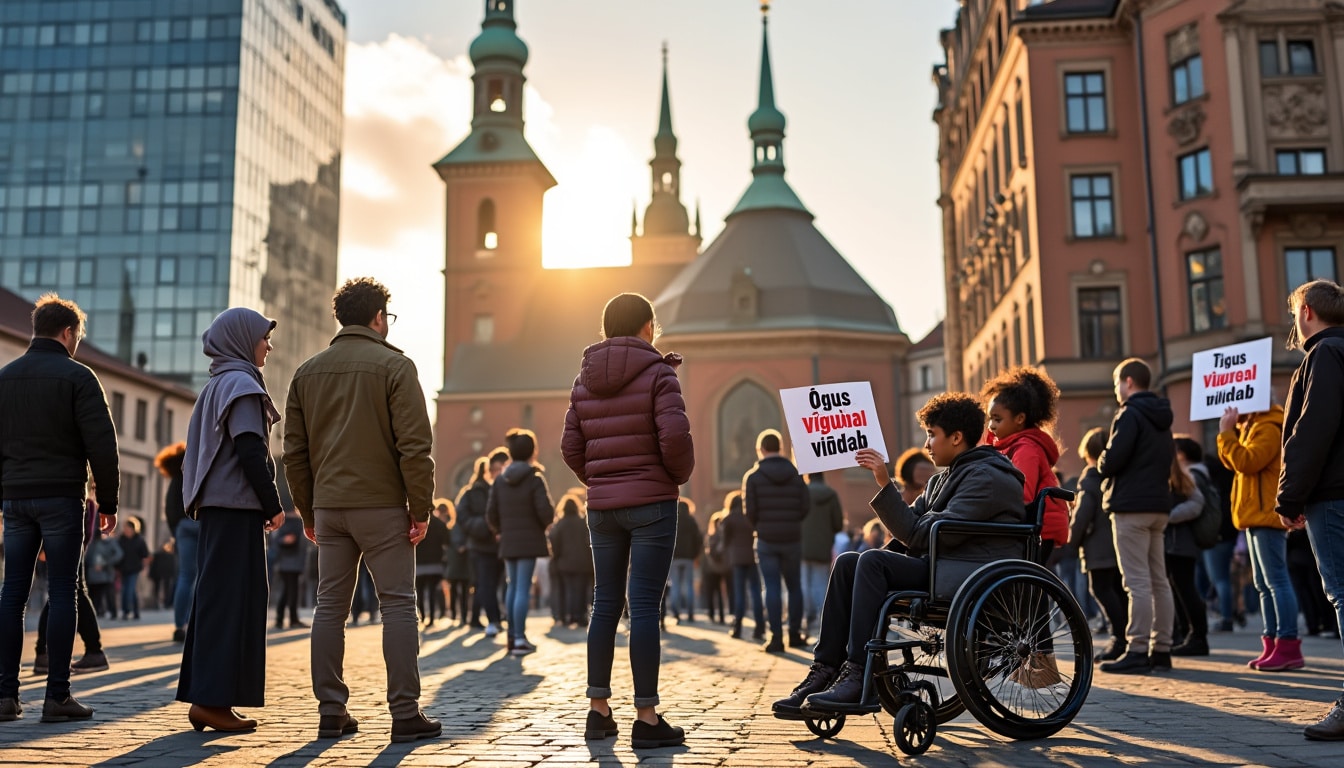In the picturesque city of Tallinn, amidst its charming medieval walls and bustling market squares, lies a deeper issue that’s often overshadowed by its aesthetic beauty. The issues of social disparities and discrimination may not always be apparent to the casual observer, but they are very much a part of Tallinn’s social fabric. As of 2025, the city still grapples with challenges related to its diverse demographic and interethnic relations. Within the cultural and historical context of Estonia, these issues gain an additional layer of complexity. As a digital nomad, it’s crucial for visitors and locals alike to comprehend and navigate these sensitive social landscapes with awareness and empathy. Let’s delve deeper into how these issues manifest in Tallinn and what efforts can be made towards a more inclusive society.
Diversity and Integration in Tallinn: A Historical Context
Estonia, a nation known for its tumultuous history and resilient spirit, presents a unique tapestry of cultural diversity, especially in its capital, Tallinn. Over the centuries, Tallinn has been influenced by various powers, from German to Russian, and each has left an indelible mark on the city’s cultural landscape. The modern-day population of Tallinn reflects a composite of these influences, with significant ethnic Russian, Ukrainian, and other minority communities residing alongside native Estonians.
Understanding the historical context is essential in addressing current social and discrimination issues in Tallinn. Post-independence, Estonia has strived to reinforce its national identity which sometimes leads to tensions between ethnic Estonians and Russian-speaking minorities. As of 2025, although efforts towards integration have seen some progress, challenges remain. The focus on language and citizenship rights continue to be significant barriers for non-native Estonians.
- 🗣️ Language Barrier: Estonian is the official language, creating challenges for Russian-speaking minorities in education and employment.
- 🏛️ Citizenship Issues: Statelessness is a pressing issue with many Russian-speakers living in Estonia without citizenship.
- 🤝 Cultural Integration: Initiatives to promote Estonian culture often overlook minority traditions, leading to a sense of exclusion.
The concept of ‘Unity in Tallinn’ has been a pivotal movement aiming to bridge these cultural divides. The government, along with NGOs like the Tõde Collective, are actively promoting interethnic dialogue and understanding through cultural exchange programs, workshops, and public discussions. This ongoing effort highlights the importance of fostering an inclusive environment where every resident feels valued and respected.
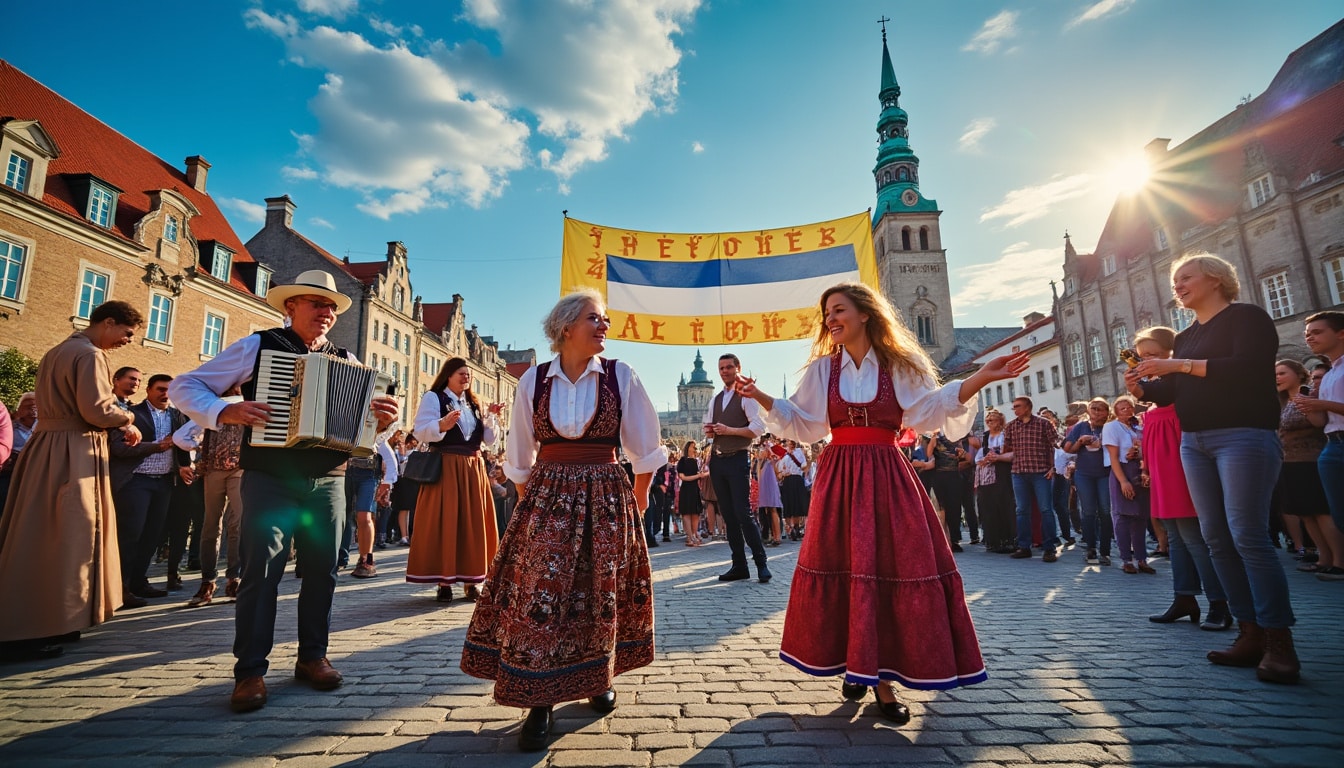
The implementation of policies and the involvement of grassroots organizations are key to paving a way forward. Policies focusing on language education, equitable opportunities, and representation have the potential to impact positively on social cohesion. However, despite governmental efforts, community engagement and grassroots movements play a crucial role. To appreciate the nuanced fabric of Tallinn’s diversity, it’s essential to recognize both the systemic efforts and those on a societal level.
Segregation and Housing Disparities in Tallinn
Residential segregation remains an intricate issue in Tallinn, affecting social interactions and economic opportunities across different neighborhoods. Over recent decades, the Index of Dissimilarity has shown rising levels of spatial separation among ethnic groups. As of 2025, this segregation index stands at a concerning 44, indicating a tangible division that needs to be addressed.
Housing inequalities play a pervasive role in perpetuating social segregation. Many ethnic minorities find themselves concentrated in specific districts, often with fewer resources and poorer living conditions compared to other areas. This not only affects their quality of life but also limits their access to good schooling, employment opportunities, and public services.
| Neighborhood | Ethnic Majority | Average Income Level | Quality of Public Services |
|---|---|---|---|
| Lasnamäe | Russian-speaking | Low | Moderate |
| Mustamäe | Mixed | Medium | Good |
| Kesklinn | Estonian-speaking | High | Excellent |
The disparities evident in neighborhoods like Lasnamäe reveal stark contrasts in socio-economic conditions. Strategies are required to break this pattern, ensuring that housing opportunities are more evenly distributed. Urban planning policies and incentives for mixed housing developments are some measures that can promote social justice in Tallinn.
It is essential that Tallinn’s authorities consider broader urban reforms and include diverse voices in their planning. Solutions include:
- 🏠 Promoting Affordable Housing: Enhancing access to affordable housing across diverse neighborhoods can reduce segregation.
- 🌍 Inclusive Urban Planning: Development of public spaces that encourage interaction among different ethnic and economic groups.
- 🔍 Monitoring and Evaluation: Regular assessments to gauge progress and refine strategies to ensure equitable growth.
Efforts such as these aim to foster an environment where all residents, regardless of their ethnic background, have equal opportunities to thrive. As Tallinn continues to grow, addressing these disparities is vital to achieving a truly inclusive city.
The Impact of Discrimination in Public Spaces
Discrimination in public spaces is a subtle yet significant issue affecting the lives of many residents in Tallinn. Public spaces, ideally, should be areas where individuals feel safe and welcome. However, reports from various studies indicate that this is not always the case, particularly for people of different skin colors.
Instances of micro-aggressions and “softer” forms of racism are all too common, although they remain underreported due to a lack of awareness. The Equality Commissioner of Estonia has pointed out that while Estonia is often seen as a safe environment, discrimination still lurks beneath the surface, manifesting in derogatory comments and exclusionary behaviors.
A report reveals that:
- 🔍 55% of non-white individuals have faced offensive remarks.
- 👀 71% reported inappropriate stares or gestures related to their appearance.
It’s crucial to address these behaviors as they contribute to a hostile atmosphere that hinders inclusive interaction. The discourse around tolerance and acceptance has grown, with community leaders emphasizing the need to empower Tallinn through genuine inclusivity.
Key strategies to combat this include:
- 💬 Awareness Campaigns: Educational programs highlighting the importance of diversity have been increasingly adopted.
- 🎓 School Curriculums: Introducing programs that educate students about the value of diversity and the impacts of discrimination.
- ⚖️ Strengthening Legislation: Ensuring robust legislation that not only addresses overt discrimination but also micro-aggressions and subtle biases.
Public campaigns led by organizations such as Estonia for All advocate for a city that embraces diversity as a strength. By encouraging open dialogue and understanding, Tallinn can work towards minimizing these negative interactions.
Moreover, the role of media cannot be understated. Media outlets have the power to shape public perception, and thus can either perpetuate stereotypes or help dismantle them. Positive representation and inclusive storytelling can play pivotal roles in transforming public spaces into places of solidarity and peace.
Bridging the Gap: Education and Awareness as Tools for Inclusivity
Education plays a cornerstone role in combating discrimination and fostering a more inclusive society in Tallinn. By equipping individuals with the knowledge and tools to understand and appreciate diversity, longstanding stereotypes and biases can be dismantled. In 2025, globalization and migration trends continue to influence demographics, making education an even more critical tool.
Schools and universities are not only academic hubs but also environments where social values are cultivated. Initiatives focused on Equal Voices Estonia aim to integrate multicultural education into curriculums. This includes learning about different cultures, histories, and the challenges minority groups face.
Successful strategies include:
- 📚 History Lessons: Teaching the histories of diverse cultural groups to foster better understanding.
- 🗣️ Language Learning: Offering Russian and other minority language classes to bridge communication gaps.
- 💡 Interactive Workshops: Encouraging students to actively participate in multicultural events and dialogues.
Furthermore, public awareness campaigns are essential in ensuring that the broader community is well-informed about the issues of discrimination and diversity. Organizations and state bodies often collaborate to design and implement these campaigns, which vary from social media initiatives to public seminars.
Understanding that education extends beyond classrooms is crucial as well. Community engagement and lifelong learning opportunities, such as workshops and seminars on diversity, are gaining traction. The goal is to ensure that all citizens, regardless of age, have access to information that can change attitudes and behavior for the better.
To maintain momentum, continual evaluation and adaptation of these educational programs are vital. Only through sustained effort can the outcomes of these initiatives contribute substantially to building a more inclusive and harmonious Tallinn.
The Future of Social Justice in Tallinn: Actions and Hope
Tallinn stands at a crossroads in 2025, where past efforts in integration and inclusivity are being re-evaluated, and new paths are formed towards a more equitable future. The notion of “Discrimination No More” represents a collective ambition to abolish barriers that divide communities by race, ethnicity, or socio-economic status.
The role of government and civil society in Estonia is crucial in pioneering this change. Initiatives like Tallinn Solidarity have emerged, vying to unite different stakeholders, from policymakers to grassroots organizations. Through collaboration, these groups strive to create an action plan that emphasizes inclusivity as a fundamental social value.
- 🔧 Policy Reforms: Implementing policies focusing on anti-discrimination and equal opportunities is paramount.
- 🌐 Community Collaboration: Encouraging partnerships among diverse community groups to address discrimination collectively.
- 🏛️ Legal Frameworks: Strengthening judicial measures to ensure all forms of discrimination are actionable and condemned.
Looking towards the future, technological advancements and innovative solutions also bring new opportunities for progress in social justice. Mobile applications and digital platforms could be harnessed to report instances of discrimination or abuse, ensuring timely intervention and support for victims.
Moreover, fostering a culture of empathy and respect is foundational for sustainable change. By investing in educational programs, public forums, and inclusive urban planning, Tallinn can become a beacon of inclusivity and social equity. As the city embraces these challenges, it weaves a future where every person, irrespective of their background, can thrive and contribute to Estonia’s vibrant, ever-evolving community.
FAQ
- Q: What are the main barriers to social integration in Tallinn?
A: Language differences, citizenship issues, and cultural misunderstandings are major barriers to integration for many ethnic minorities in Tallinn.
- Q: How is housing affecting social segregation in Tallinn?
A: Ethnic minorities often reside in less affluent neighborhoods, facing challenges like poor access to services and limited economic opportunities, which exacerbates segregation.
- Q: What roles do education and awareness play in tackling discrimination?
A: Education is central to challenging stereotypes and fostering appreciation for diversity, while awareness campaigns aim to inform and unite communities against discrimination.
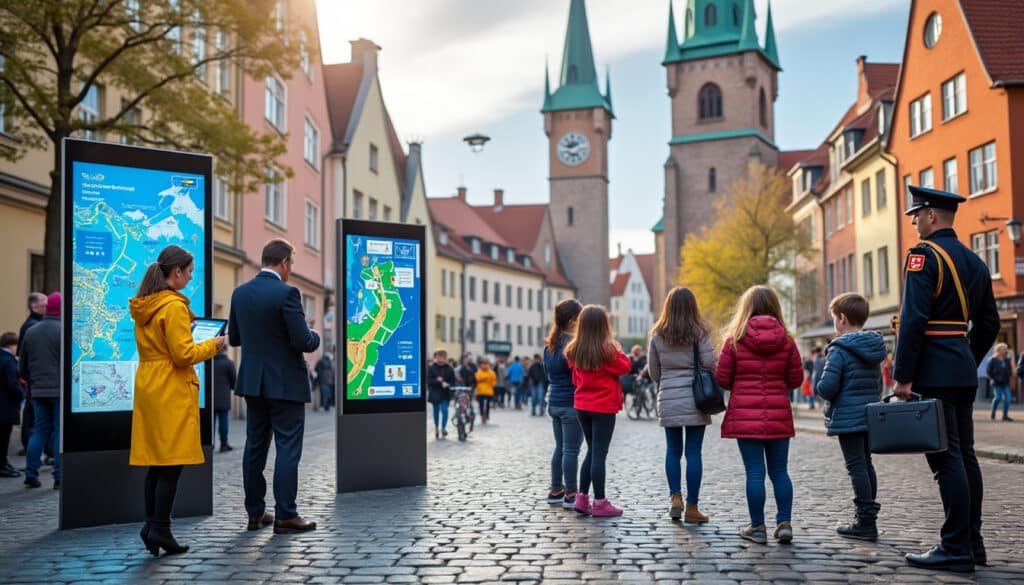
Legal Information and Rules in Tallinn
Venturing into Tallinn, a city steeped in rich history and culture, travelers and residents alike are often curious about the legal landscape that governs daily life. With its unique blend of traditional and modern law practices, Estonia’s legal framework offers…
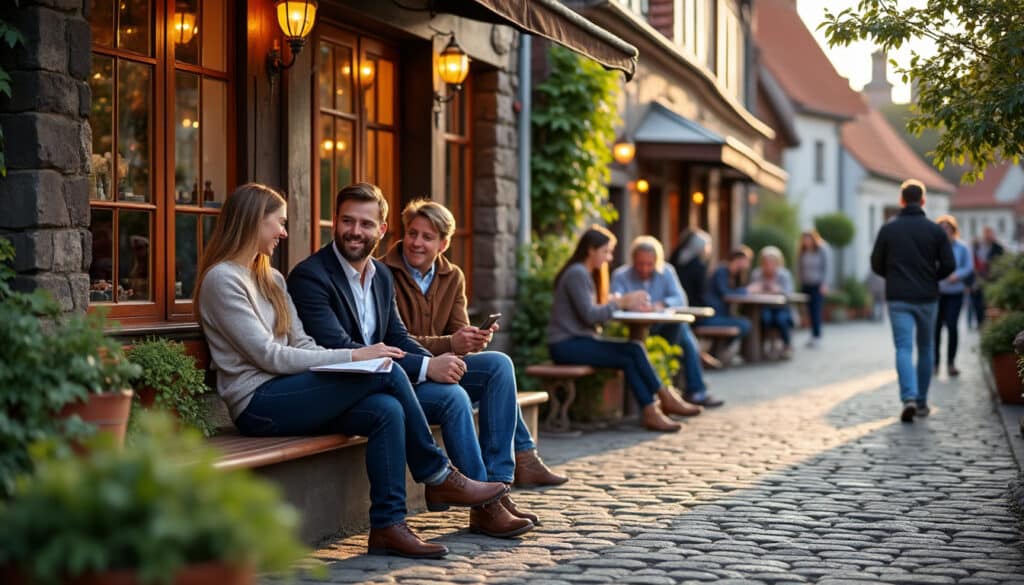
Calling and communication rules in Tallinn
Estonia, a country known for its technological advancements, especially in its capital Tallinn, has made communication a streamlined process. However, whether you’re a tourist or a resident, understanding the intricacies of calling in Tallinn can make your life significantly easier.…
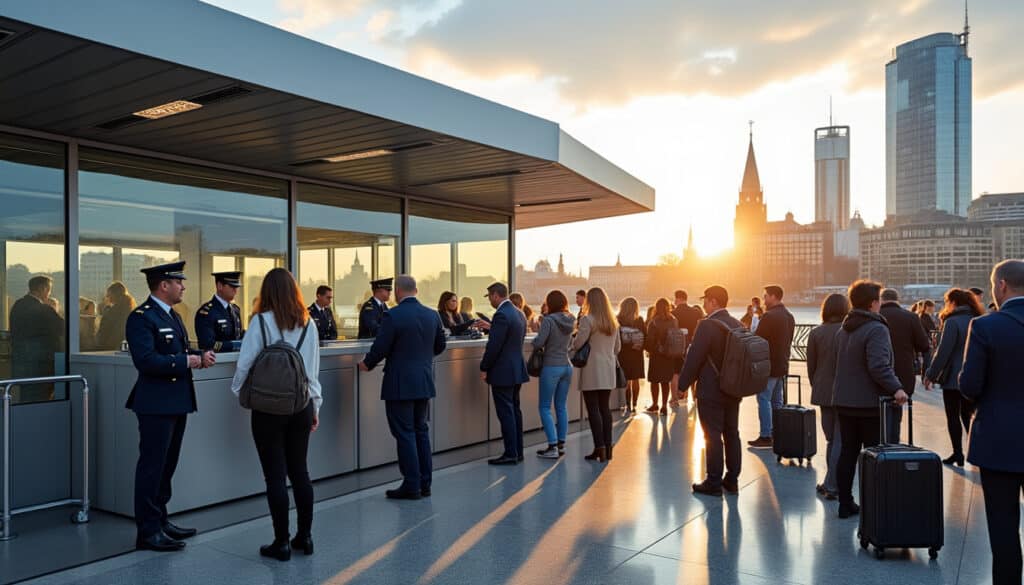
Criminal status and entry to Tallinn
Exploring Tallinn, the enchanting capital of Estonia, offers a unique blend of rich history and modern innovation. Nestled by the Baltic Sea, this vibrant city attracts travelers with its cobblestone streets, medieval architecture, and progressive tech scene. However, securing entry…

Drinking and age restrictions in Tallinn
In Tallinn, Estonia, the drinking scene is vibrant and offers a plethora of options for both locals and visitors. However, it’s important to note that the city adheres to specific age restrictions when it comes to alcohol consumption. Understanding these…
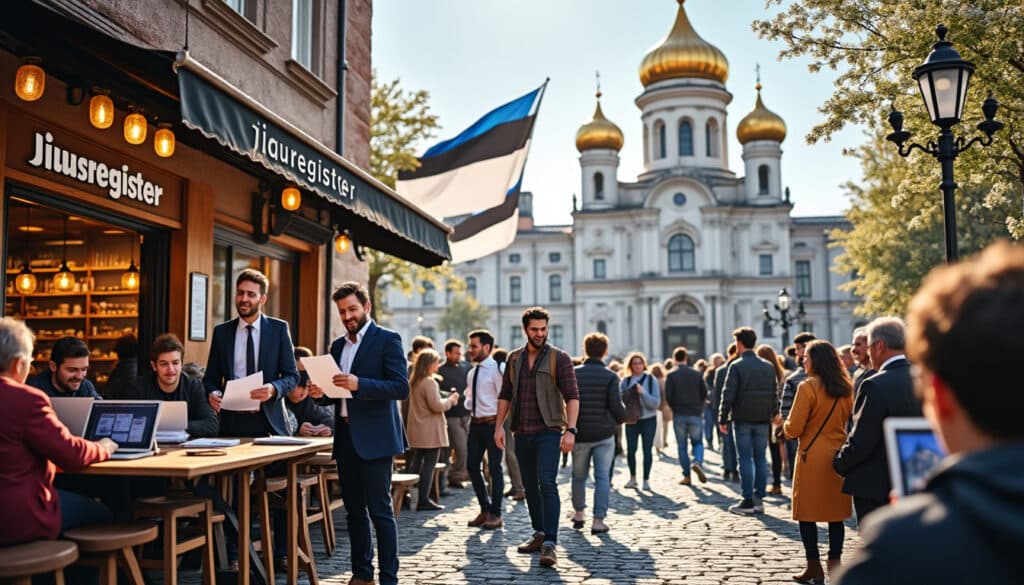
How to move to Tallinn legally
Thinking about a new adventure in the enchanting city of Tallinn? Estonia’s capital boasts a unique blend of medieval charm and modern innovation that attracts expats, digital nomads, and history enthusiasts alike. Nestled by the Gulf of Finland, Tallinn is…

Smoking, drugs, and red light laws in Tallinn
As visitors embark on a journey to explore Tallinn, the capital of Estonia, they may find themselves curious about the city’s unique stance on smoking, drugs, and the infamous red-light district. Drawing upon its rich cultural history and evolving social…
During the holiday season, the picturesque city of Tallinn transforms into a winter wonderland that captivates both its residents and visitors alike. With its historic charm and festive atmosphere, Tallinn offers an array of attractions and experiences that make it…

